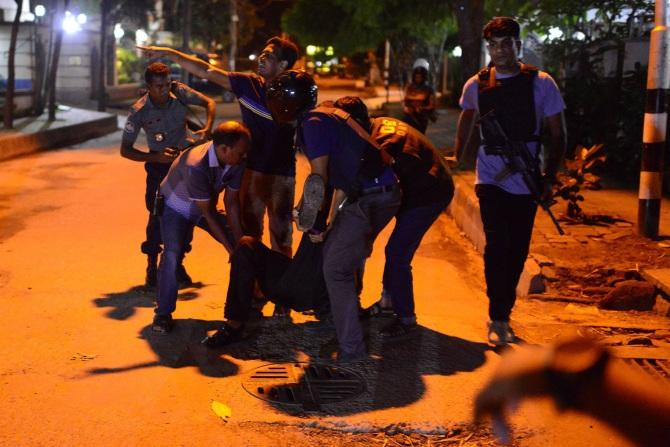Dhaka terrorists had a well thought-out media strategy
July 02, 2016 23:53

According to Rukmini Callimachi, The New York Times correspondent who focuses on Al Qaeda and ISIS, the Bangladesh attack claimed by ISIS is proving to be more sophisticated in terms of pre-planning than we have seen in the past.
According to Callimachi, 'in keeping with the modus operandi pushed last year by Abdelhamid Abaaoud, planner of the Paris attack, the assailants in Bangladesh created a hostage standoff. The purpose of a hostage standoff was to extend length of operation & thus extend the press coverage, as well as a chance to make demands."
"It now appears images of bodies lying in pools of blood next to bakery's ratan chairs were photographed by assailants and sent back to the IS. They may have tried to do this during the November 13 attack on Bataclan concert hall in Paris. Witnesses saw suicide bombers trying to get online," she said on Twitter.
While asserting that social media had now made even the smaller, regional acts very effective in spreading the message of terror, Callimachi said: "Survivors (in Paris) reported that suicide bombers seized their phones; tried to surf the net, but the 3G network was out. Two witnesses saw a bomber whip out a laptop. But they did not succeed in getting images out."
"But in Dhaka, they not only got images out but also details of the operation (turns out they were right when they said 20 people were killed). The information they fed out went straight to ISIS' core media operation, appearing in close to real time on ISIS' Amaq News Agency. One other aspect of planning: Like Paris attackers, they left behind images of themselves pre-attack. In this case posing next to IS flag."





 © 2024 Rediff.com -
© 2024 Rediff.com -